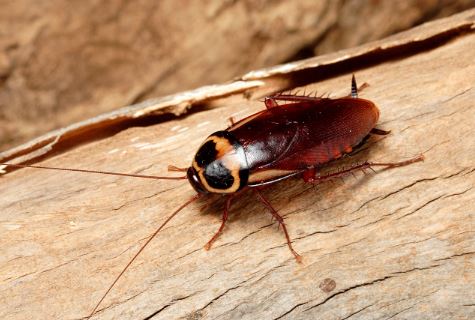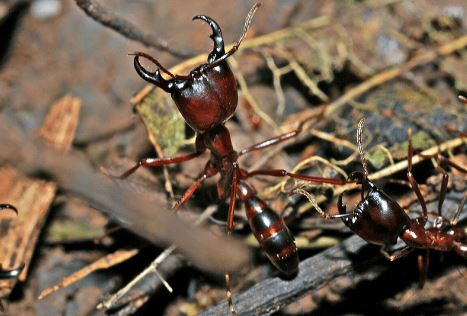1. Mosquitoes
Despite their innocent appearance, mosquitoes can carry fatal infections, which makes them extremely dangerous. More human deaths than any other animal are attributed to them; they spread diseases like West Nile virus, dengue fever, malaria, and Zika virus. Because they need blood to grow into eggs, female mosquitoes are essential to the spread of disease. Anticoagulants in their saliva cause irritation and make it easier for pathogens to enter the body. Every year, millions of people worldwide are impacted by diseases spread by mosquitoes, especially in tropical areas. Public health campaigns, insecticide use, and mosquito population reduction are all part of the effort to combat these diseases. The survival of these insects and the growing threat of pesticide resistance highlight the persistent harm mosquitoes offer to world health despite breakthroughs in the field and highlight the necessity for ongoing study and preventive actions.

2. Cockroaches
The hardy and versatile cockroaches are not just a nuisance in the home; they may be harmful to your health. They can contaminate food and surfaces with bacteria, viruses, and parasites, which can cause illnesses like gastroenteritis and salmonellosis. Allergens from cockroaches can aggravate allergies and asthma, especially in young children. It is difficult to completely eradicate them as pests because of their capacity for fast reproduction and environmental adaptation. Because of the airy nature of their excrement and shed skin, cockroaches are also associated with respiratory problems. They don’t directly cause death, but their presence makes things less hygienic. In order to reduce the possible risks connected with cockroach infestations, it is imperative to maintain cleanliness and implement efficient pest management.

3. Deer Tick
Ixodes scapularis, the scientific name for the deer tick, is a little but important arthropod that is well-known for spreading the bacterial infection Lyme disease, which is brought on by the Borrelia burgdorferi virus. These ticks, which are found in grassy and forested environments, attach themselves to humans and deer as their feeding hosts. The nymphs are especially dangerous because of how hard it is to find them because of their small size. If left untreated, Lyme disease can cause serious health problems, such as joint discomfort and neurological problems. Tick prevention includes applying insect repellents, dressing in protective gear, and thoroughly checking for ticks after outdoor activity. Reducing the effects of Lyme disease requires proactive steps and public awareness due to the possible health dangers connected to deer ticks.

4. Driver Ants
The Dorylinae subfamily of ants, which includes driver ants, is well-known for its enormous colonies and aggressive habits. These African native ants are infamous for their enormous swarms, which can number in the millions. Although they are safe for humans to handle individually, their sheer numbers can be dangerous when they are foraging. During a raid, driver ant colonies have the power to decimate a region’s insect and small animal populations, which has an impact on the surrounding ecology. Their formidable defense of the colony is attributed to their stinging powers and powerful jaws. When dealing with these ants, exercise caution because their protective and territorial instincts may cause them to act aggressively, which could lead to painful bites. In Africa, local populations frequently adjust to stay away from these dangerous insects.

5. Fire Ants
The powerful venom of fire ants, which are aggressive stingers from the Solenopsis genus, can result in unpleasant reactions. Originating in South America, they have dispersed over the globe and flourished in a variety of habitats. When agitated, swarms of fire ants attack in vast numbers, stinging victims so painfully that some have allergic reactions. Their resilience is increased by their capacity to establish floating colonies during floods. The stings of fire ants can produce acute burning sensations, edema, and, in extreme circumstances, anaphylaxis. Both people and animals are at risk from their presence in metropolitan settings. Efficient management strategies entail locating and controlling nests in order to reduce the possible risks connected to fire ant colonies.







Leave a Reply